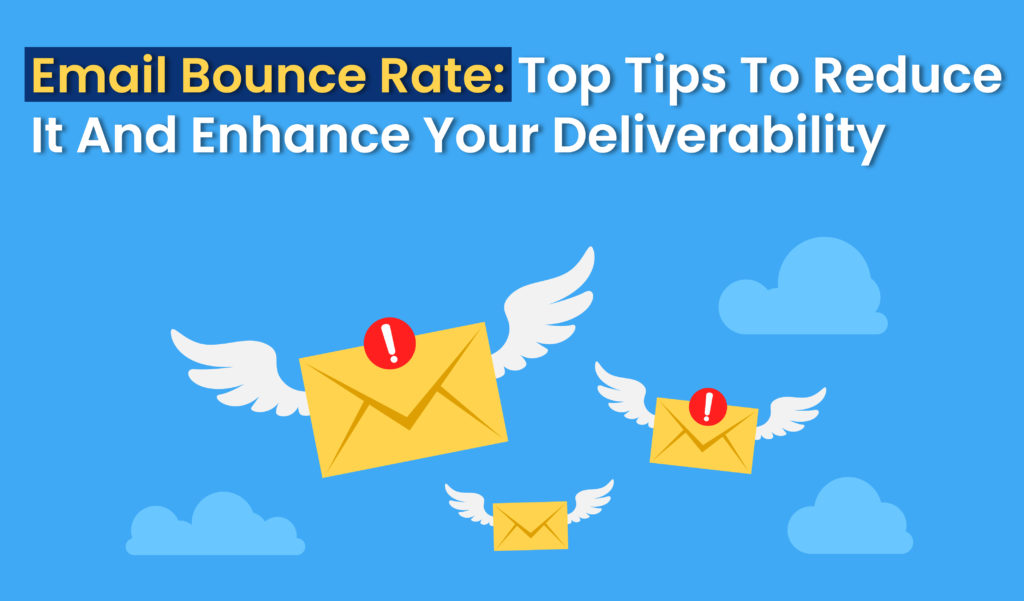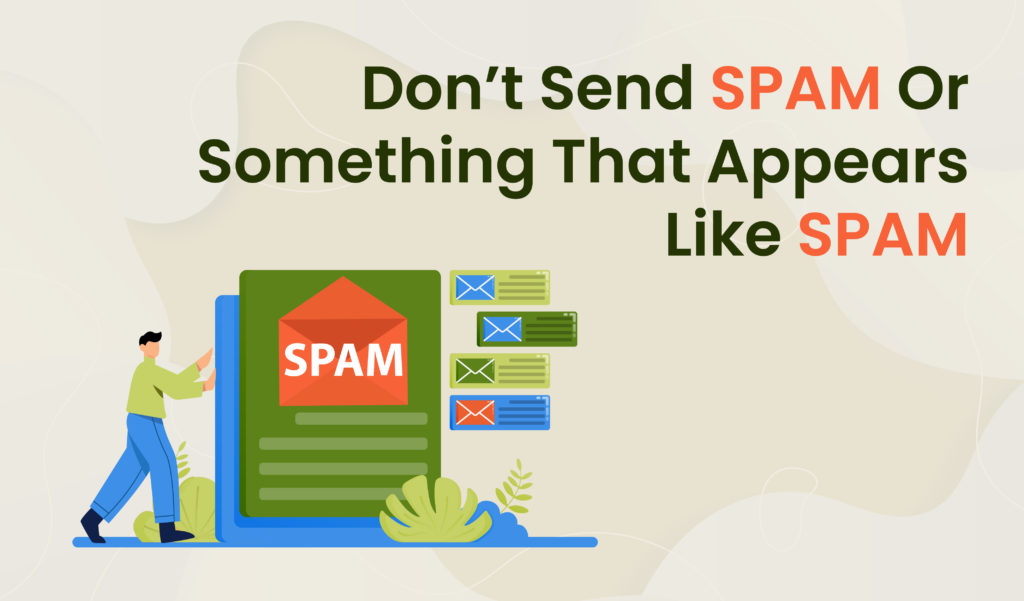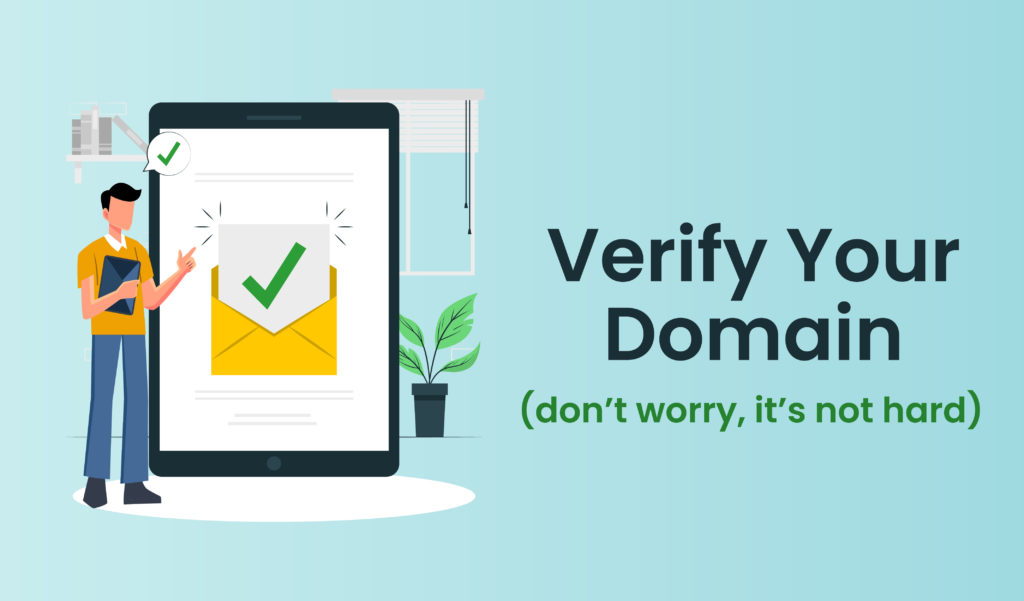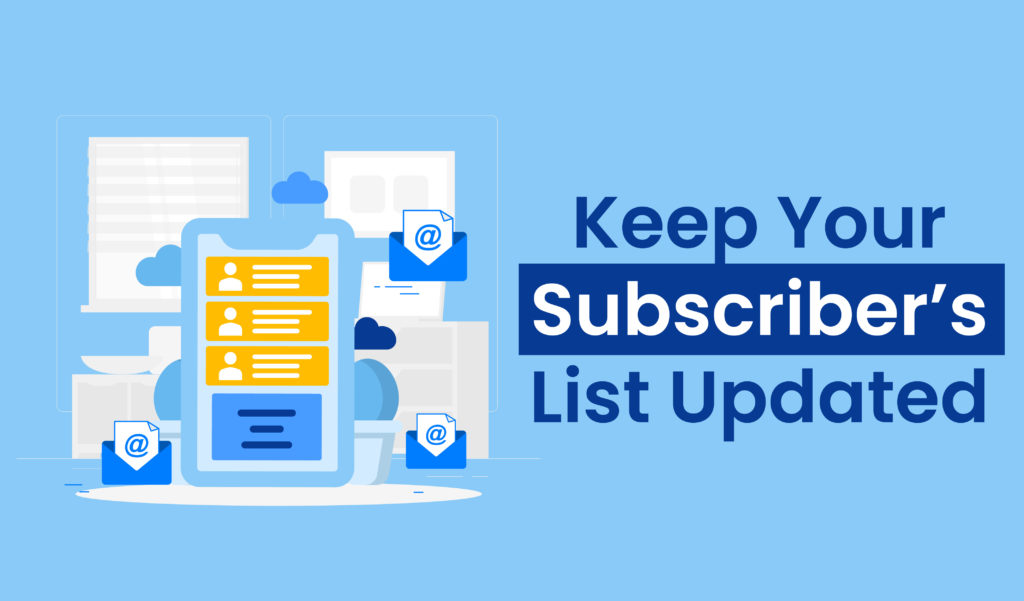Email bounce rate: Top tips to reduce it and enhance your deliverability
Table of contents

Though there are many Email Marketing Advantages, it isn’t a simple feat. First, you spend hours and hours accumulating your potential customers’ emails from Google and various other platforms.
However, notwithstanding the issue, you’ll not simply do away with email marketing as when it involves returns, it’s more beneficial than the other kind of marketing. But all of your efforts end up being for nothing once you are inflicted by the email bounce rate.
Email marketing bounce rate is largely a metric that calculates the number of emails returned to the sender. A hard email bounce rate is enough to undermine all of your efforts. What’s even scarier is the proven fact that a tough email bounce rate might find yourself leading to your email sending account being suspended or closed.
Today our Digital Marketing experts are going to discuss a way to stop or altogether reduce the email bounce rate. But before diving into that let’s have a glance at the explanations that result in email bounce rate.
Email Bounce Rate Definition
If you’ve got questions like what’s a tough bounce in email marketing and how do, I even calculate my bounce rate? You’re not alone.
Your email bounce rate refers to the proportion of emails that “bounce” back to you (a.k.a. they don’t get delivered). The lower the bounce rate the higher, as this implies that more emails than not are landing where they must.
There’s an easy equation to figure out your bounce rate as a percentage:
(# of bounces / # of delivered emails) x 100 = your email bounce rate
For example, if you send 2,000 emails and 10 bounces, you’d have to calculate 10 / 2000 x 100, providing you with a bounce rate of 0.5%.
There are two different types of email bounces:
- Soft email bounce:
A soft email bounce means temporary delivery problems, like when the recipient’s inbox is full or your email is just too large.
- Hard email bounce
A permanent delivery failure, like an email sent to an inactive or invalid email address, or an outdated domain is described as hard email bounce. When an email bounces hard, it won’t ever reach the recipient.
The Reasons Emails Bounce
There are a variety of reasons why emails bounce and it’s difficult to figure out why a private email didn’t reach its intended recipient.
It might be because:
- The recipient does not have access to the email account
- The email account has been inactive for an extended period of your time or has been deleted
- The email server is under maintenance
- The recipient’s email inbox is full
- You are blocked by the recipient
Instead of getting stuck on why an email wasn’t delivered, it’s best to appear at your bounce rate as a full and work on improving that.
Why Your Email Bounce Rate is very important?
Your email bounce rate can affect the delivery of all of your emails. A consistently high bounce rate hurts your sender’s reputation.
The worse your reputation is, the more likely it’s that your emails will get sent straight to the dreaded spam folder – even for recipients that actively open your emails and have interaction with you.
When this happens, you’ll start to notice a decline in your engagement levels, including lower open rates, lower click-through rates, and ultimately, lower conversion rates.
As a result, you would like to keep your email list as clean as possible, consisting only of email addresses that don’t bounce. This may make sure that the bulk of your subscribers will see your emails in their inboxes.
So what’s an appropriate bounce rate?
The average email bounce rate falls somewhere between 2-5% betting on the industry you are in. Anything over the five hundred benchmarks should set alarm bells ringing and you ought to verify cleaning up your list or determining why your emails are bouncing.
How to reduce the bounce rate of sales emails?
1. Put plenty of effort into cleaning your email lists, especially when they’re bought
We are not really into the entire sanctimonious, finger-wagging that several during this industry wish to get down to when the topic of shopping for email lists comes up. It must be nice up there, along with your thousands and thousands of organic leads. The truth for several others is that bought lists are an efficient way of getting results, fast.
But, precept.
If you’re visiting, buy an email list, and ensure you run it through a minimum of one email list cleaning service. this can be in order that you’ll avoid “spam trap” emails. These are addresses that, most of the time, haven’t been attached to someone and exist solely for the aim of detecting spammers.
When an email reaches this address, the recipient flags you as a spammer and blacklists your domain.
So, ensure you’re cleaning those lists, and you’re more likely to attain an appropriate email bounce rate states the experts from Digital Marketing Agency Jacksonville.
Even if you utilize lists that aren’t bought, cleaning them is the key to getting results. We did a chilly email campaign experiment during which we put the foremost effort into cleaning lists. The results? 33-51% open rates and 3-6% engagement rates (replies and/or clicks). See our playbook & lessons learned.
2. Don’t send spam – or something that appears like spam

Sounds kind of obvious, right? The receivers are more judgemental these days. That is if you consistently send spammy-looking emails, spam filters – essentially gatekeepers of the e-mail world – can flag your address or whole domain and just bounce your messages right back to you.
Spend a little bit of time getting a third-party service to check your messages for spamminess. or perhaps better, avoid including potential spam triggers in the first place to take care of a perfect bounce rate.
3. Don’t send emails from a freebie service
Sending emails from, sales or marketing related, from a free email domain, like gmail.com or hotmail.com, may be a big no-no. Other than the technical reasons, which I’ll come to in a second, whether or not your email doesn’t bounce, having a freebie domain looks kind of unprofessional.
What’s more, during this day and age, employing a custom domain really isn’t that onerous. In my opinion, absolutely the simplest way is:
Purchase an acceptable domain – Prices vary wildly, but you’ll be able to start by paying only some bucks for a site to urge started.
Get a Google G-suite account via Google Domains – The advantage of shopping for G-suite via Google Domains is that it automatically sets up Gmail and email protection features. Neato!
And on the topic of email protection, the technical reason for not using free email domains is that they don’t pass the DMARC policy for Yahoo, Gmail, and AOL so you’ll likely experience a tough bounce (if your emails get delivered at all).
4. Verify your domain (don’t worry, it’s not hard)

Verifying your domain tells the receiving email server that, yes, you’re a legitimate sender and you have got permission to send emails from this domain explains the Digital Marketing Jacksonville experts.
As per one of the highest sources of email marketing statistics, 40% of brands use three primary methods of email authentication: SPF, DKIM, and DMARC. Using domain authentication will improve email deliverability and reduce bounce rates.
In order to line this up, you’d have to have your own custom domain in the first place (see above). Then, if you employ a third-party email marketing tool, you’ll also want to verify your domain to send emails using your custom domain.
Read more about DMARC records and SPF records.
5. Get personal
Personalizing your emails features a dual benefit therein: it’s more likely to induce past spam filters and acquire opens.
Firstly, email clients seek large batches of inbound messages with the precise same subject line. By adding some personalization to your subject line you’re ready to reduce the probability of your message getting flagged as spam.
Adding personalization to the topic line can increase unique open rates by 26% versus boilerplate subject lines, so once your email has reached their inbox, the recipient is more likely to truly open it.
If you’re trying to find some ideas to induce your creativity to flow, here’s a solid list of 100 personalized email subject lines to urge things going.
6. Only Use Permission-Based (Opt-In) Email List
The simplest way to avoid email bounce rate is by avoiding sending the emails to someone you’ve not taken permission from. As an example, if someone has registered with you or subscribed to your newsletter, then it’s a condition that you’ve got their permission to contact them by sending an email in the future.
However, if your subscriber didn’t opt-in to get on your list, the probabilities are that they’ll mark your email as spam, which could lead to damaging your email reputation and after ages would simply lead to an increased email bounce rate.
7. Keep Your Subscribers’ List Updated

Generally, the email bounce rate occurs because your email list is either stale or too cluttered to tell apart between relevant or irrelevant emails. Thus, it’s imperative that you just keep your list clean and updated by staying involved along with your subscribers. Also, ensure to supply a choice to unsubscribe or update preferences.
You need not do it after your first campaign. Otherwise, you may find yourself spending lots of your time and resources on restoring your email sender reputation. Instead, update or clean your email list every 6 months.
Confused? we are going to discuss this long within the next point.
8. Don’t Use Your First Campaign As the Way To ‘Clean’ Your List!
If you constantly send emails to a poor email list, then your sender account is in great danger of either being suspended or losing its reputation. However, this doesn’t mean that you simply will start dismissing your email list after your first campaign only. For one, your email service provider (ESP) isn’t an inventory cleaner and if you employ it mutually, it’d have some serious ramifications on your email marketing. Thus, you’d be comfortable if you utilize professional list-verifying services or tools. Otherwise, you may find yourself damaging your reputation and your next campaign is probably going to suffer a good deal, even over the primary one.
9. Be according to Your Emails
The more consistent your email sending schedule, the higher chances you’ll have of doing away with the email bounce rate. The biggest reason behind this can be that if you’re too late in sending an email, your subscriber may not even remember that they had consented to receive the emails. As a result, they could find themselves marketing you as spam.
Thus, to eliminate such chances and to avoid email bounce rates, confirm that your email marketing campaign is regular.
10. Write Quality Emails
You are sending your emails to your prospect so ensure that your content is written in accordance together with your audience. Write something to your receiver. Include a compelling subject line, email content, and pictures together with other visual content and ensure that the reader actually finds it interesting enough to read.
And by this time, you most likely know the repercussions if you are doing otherwise. If not, let me remind you. Firstly, it’s highly likely that the receiver might mark your email as spam if they don’t find it readable or relevant to their cause or problem. Secondly, they could even start deleting your emails without even opening them which could lead to a significant hit to your reputation. Both the cases can end up being disastrous in terms of email bounce rate.
With your overall email deliverability, a higher email bounce rate will also hurt your reputation as a sender. If you don’t pay closer attention to your email bounce rate and deliverability, you’ll see a decrease in engagement levels, open rates, and lower click-through rates — which all can cause a lower number of sales.
Hopefully, the simplest practices mentioned above provide you with an understanding of the way to create emails that reach your subscribers’ inboxes so you’ll reap all the advantages you deserve from your email marketing campaigns. Better of luck along with your next email marketing campaign! For more help, you can refer to our guide on email marketing and also learn about IP warming to increase your deliverability rate..







